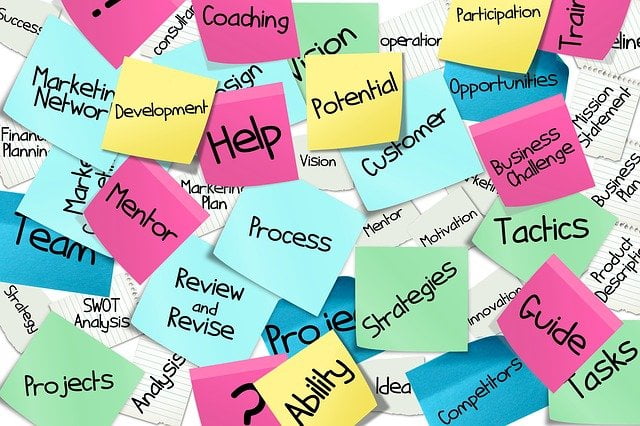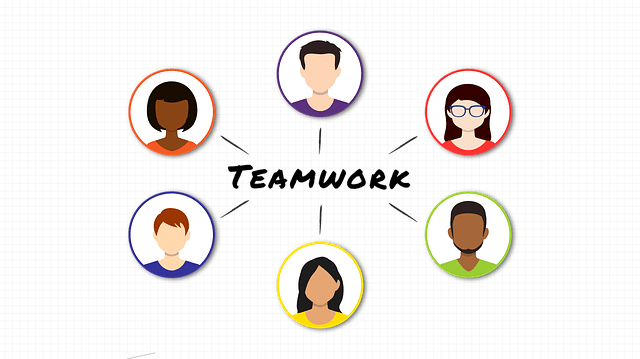Employee Onboarding Process Design: 6 Best Practices for Designing the Perfect Onboarding Flow

Employee onboarding process design! The main challenge here is ‘how can organizations design an effective orientation programme’, that will help them get all their new hires up to speed in their new job? The solution is in the employee onboarding process design adopted by the organization. In this post, we will provide you with 6 best practices for designing the perfect onboarding flow for your new employees.
So,
Getting your new employees started off on the right foot requires more than just offering them a quick tour of the office and sending them on their way.
It just doesn’t work like that.
There’s a secret to standing out in today’s employee-centric job market and it isn’t in your so-called culture or benefits package.
It is in your onboarding program.
What Does Onboarding Mean?
In simple terms, onboarding is where new hires are physically, emotionally and professionally incorporated into the existing culture and operations of a new workplace.
Partnering with a recruitment process outsourcing company can significantly enhance your onboarding strategy by leveraging their expertise and resources. Plus, it allows your HR team to focus on other important tasks.
Why Employee Onboarding is Important
It is important to note that while employees need to prove themselves for employers to pay them, employees are also betting their careers and giving away their previous lives to their employers. This is why proper onboarding is important.
Below are other reasons why employee onboarding are important:
1. Onboarding reduces employees’ turnover.
If you don’t know, employee turnover can get really expensive. We’re not just talking about taking out ads or paying recruiters but you also have to consider other employees. You need to pick up the slack draining the organization of time, energy as well as resources.
Employers that invested in effective onboarding procedures save money by retaining 50% new hires than they would otherwise.
2. Onboarding contributes to productivity
When there are fewer vacant jobs means there’s higher rates of productivity when members of your workforce are pressured to fill positions and juggle multiple roles at once. They can focus entirely on the work in front of them. This results in happy employees who are fifty percent more productive according to studies.
3. Onboarding ensures employee compliance
Compliance is very important whether it’s about security or how to go about business. It sets the tone for the employee’s experience in the workplace. What kind of conduct is expected how to interact with customers and team members and so forth. With regulators and auditors stepping up their game, no company should risk taking an unstandardized approach to compliance paperwork.
4. Onboarding sets employee roles and responsibilities expectations.
No one should be tricked into doing something they didn’t sign up for. Transparency is the key to the employer-employee relationship. onboarding is the employer’s opportunity to clarify fundamental expectations and dress uncertainties and answer big questions before they can develop into safety issues and productivity killers.
5. Onboarding showcases company culture
Whether you were a family-friendly company or you have a Friday drinking culture, onboarding demonstrates your mission, values and unique characteristics at a moment when employees are at their most receptive. It also shows new hires how they can interact with and influence the culture through their actions and attitudes at work.
6. Onboarding promotes teamwork and mentorship
Managers can take a number of concrete steps during the onboarding process to forge powerful lasting connections with employees. Beyond helping new hires feel acclimated to the workplace, effective onboarding uses the human element to connect employees new and old on an emotional personal level.
Read also: Why Onboarding Programmes are so Important for Organizations
Employee Onboarding Process or Flow
Employee Onboarding processes can take many shapes and forms. There is no one-size-fits-all.
It involves the step-by-step actions to be executed by employers and HR Managers to help the new employees get up to speed in their new job.
Below are 3 reasons why you should even design onboarding process or flows. It is about:
- Making your new employees feel welcome on the first day of the new job.
- Building company culture where everybody feels part of the group.
- Getting your employees up to speed and shortening the time for them to perform.
2 Phases of Employee Onboarding Process
The employee onboarding process is divided into two phases: the pre-boarding phase and the actual onboarding phase.
Pre-boarding Phase
The pre-boarding phase is the phase from where a person is hired, up until when they have their first day. This stage includes sending welcome messages to new hires, introducing new employees to the team before their first day as well as equipping them with practical information that will be relevant for the actual onboarding phase.
Actual Onboarding Phase
This is the phase where the employee(s) have just arrived at their new office location and ready to work. They have to be welcomed, shown around, oriented about a few things and actually trained on how to effectively carry out their duties.
6 Best Practices for Designing the Perfect Onboarding Flow
For a very effective and successful employee onboarding, we recommend HR Managers and employers to concentrate on these six key points:
1. Welcome Message
First of all, send your new employee a welcome message building the excitement that they’re hired. Let them know that you’re really excited to see them in a few weeks.
2. Introduce the Team
Think about introducing the team before the new employee’s first day. Often when you start a new job. It involves meeting a lot of new people. So, even before they start you could maybe shoot a video message where everybody in the team introduces himself or herself. And then there’ll be some faces that you simply recognize on your first date.
3. Practical Information
Equipping your new employees with some practical information before their first date is also good for both parties. Maybe assigning them a buddy that can help them get around and get to know the new place. Also think about guiding them with a schedule. So they know when to meet, who will greet them, what is going to happen on the first days at the new job.
At this point, your new employee’s first day has finally arrived.
This also means you are moving from the pre-boarding phase into the actual onboarding phase.
4. Welcome and Tour
First step is planning a nice first day for your new employee. This would entail meeting all the new colleagues. Maybe the company will assign each one of the a buddy to show them around the company, giving them a tour. This will aid them know where to get coffee, where to get the computer fixed if it’s broken, as well as all of the inner workings of the new workplace.
5. Set-up and Initial Training
Step two in your onboarding program would be to help your employees set everything up. Get them their computer and also the phone and everything else they have to try and do the work . Also consider starting some initial training of the workers at this point in time. Where they learn all the overall processes; everything they need to know before you move on to the more in-depth training.
6. In-depth Training
The in-depth training might be the most important step in your entire employee onboarding process because this is where your new employees learn everything they need to know in order to be successful in their specific roles.
When it comes to in-depth training, think about making it as blended learning. Also think about mixing it up a bit and maybe adding some gamified training as well.
Read also: Employee Onboarding with an LMS
Closing
So this was our take on what an employee onboarding process should look like.
In summary, here are some key points worth remembering:
- Split-up your training so you don’t throw everything at the new employee at once but you divide it into snackable pieces.
- Then pre-board is key. Make sure you start communicating to them, even before they have the first day.
- Continuous one-on-ones: It is really important that you have regular check-ins with new employees.
- Finally assign a buddy because this is an easy way to make someone feel comfortable at the new job.
Thanks for reading. I hope you found this valuable for designing your employee onboarding process.







